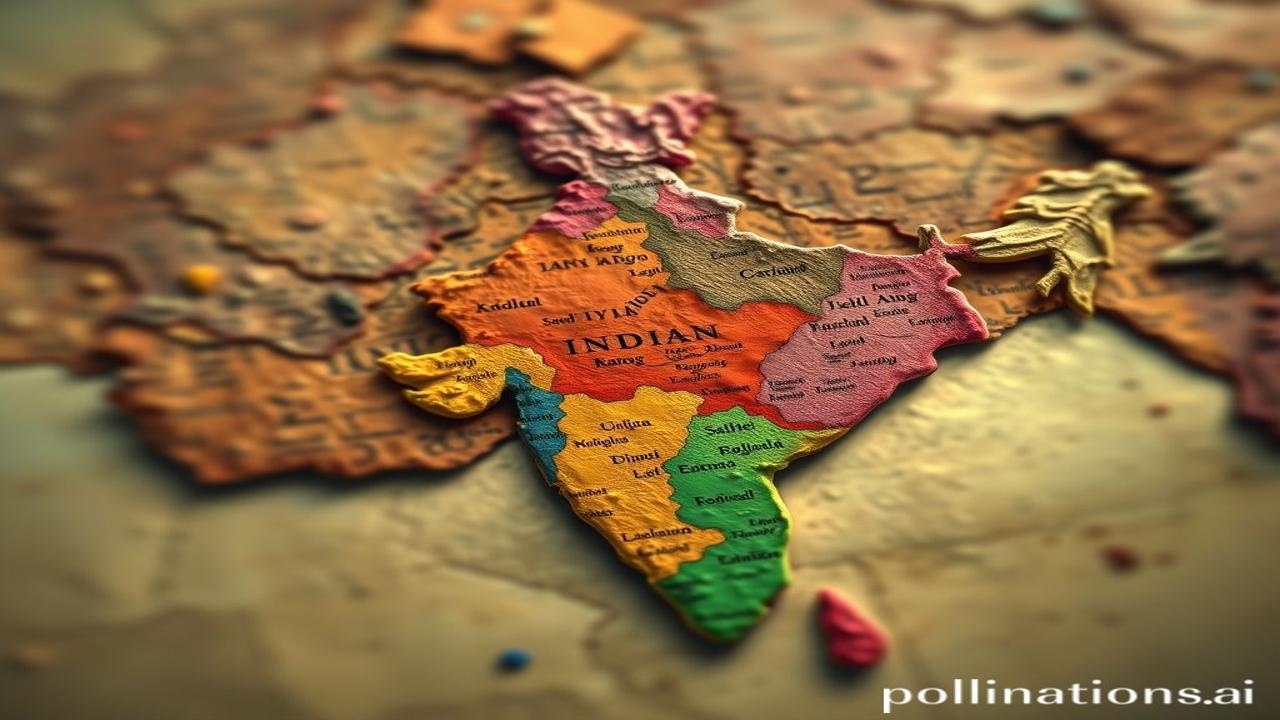Galiyon Mein Gunjti Zubaan: Decoding India’s Dialect Maps
Kabhi socha hai, kisi gaon ki chaalaki mein chhupi hui, kisi sheher ki khushboo mein basi hui, ya kisi mele ke shor mein doobi hui zubaan ki dastaan kya hogi? Waqt ki dhool mein liptee, yeh dastaan India ke dialect maps mein dabi padi hai, bas unhe samajhne ki zaroorat hai.
What are Dialect Maps? A Journey Through India’s Linguistic Tapestry
Dialect maps are visual representations of the geographical distribution of different dialects within a language. Think of it as a family tree, but instead of people, it’s branches of the same language, each with its own unique flavour, vocabulary, and accent. India, being a land of incredible diversity, is a treasure trove of dialects. Har kuch kos par paani badle, chaar kos par baani! (Water changes every few miles, speech changes every four!) Yeh proverb India ki linguistic richness ko beautifully capture karta hai.
These maps aren’t just pretty pictures; they are vital tools for linguists, historians, and anyone interested in understanding the evolution of languages and cultures.
The Historical Context: When Languages Began to Dance
India’s linguistic history is as complex and fascinating as its history overall. The development of dialects is an ongoing process, shaped by migration, trade, conquest, and cultural exchange. It’s not something that happened overnight.
- Ancient Roots: The Indo-Aryan languages, from which many of North Indian languages descended, arrived in India around 1500 BCE. Over centuries, these languages spread and evolved, giving rise to various dialects.
- Medieval Influences: The medieval period saw the influence of Persian, Arabic, and Turkic languages, particularly in North India. This led to the development of hybrid languages like Urdu and impacted the dialects of Hindi.
- British Era: The British Raj also played a role, with the establishment of standardized languages for administration and education, often overlooking the vibrant diversity of local dialects.
- Post-Independence: Even after independence, the debate around language continues, with efforts to preserve regional languages and dialects.
These maps are like archaeological sites, revealing layers of history embedded within the nuances of speech.
Zamini Sach – Log aur Jeevan: Speaking the Language of Life
Imagine a village in Rajasthan. “Ram-Ram Sa,” the villagers greet each other with warmth. But the “Ram-Ram Sa” of Jaipur might sound different from the one in Udaipur. A farmer tilling his land uses words specific to his region, words that describe the soil, the crops, the weather – words that are intimately connected to his life.
Or picture a weaver in Banaras, chanting mantras as he works on his silk saree. The vocabulary he uses is intertwined with the craft, passed down through generations.
Ma Rukmini ne aaj naye kapde pehne, kyunki mandir mein utsav tha. But the kapde and the utsav would be described differently depending on whether Rukmini lived in Tamil Nadu, Bengal, or Gujarat. The dialect itself is a window into her world.
These dialects are not just different ways of saying the same thing; they reflect different ways of living, thinking, and experiencing the world.
Dharohar aur Pehchan: Echoes of the Past in Present India
Today, while standardized languages like Hindi and English dominate urban spaces, dialects continue to thrive in rural areas, in traditional communities, and in artistic expressions like folk songs and stories.
- Language and Identity: Our dialect is intrinsically tied to our identity. It’s a part of who we are, where we come from, and how we connect with others.
- Preserving the Heritage: There’s a growing movement to preserve and promote regional languages and dialects, recognizing their cultural significance and their contribution to Bharatiyata (Indianness).
- Arts and Culture: Many films, songs, and literary works are incorporating regional dialects, adding authenticity and richness to the narrative.
Dialect maps remind us that India’s strength lies in its unity and its diversity.
Fun Fact or Myth-Buster: The Curious Case of Bhojpuri
Log samajhte hain ki Bhojpuri sirf Bihar aur UP mein boli jaati hai. Lekin asli sach yeh hai ki Bhojpuri, not only India, but also Nepal, Mauritius, Fiji, Trinidad and Tobago, Guyana, Suriname aur kai countries mein boli jaati hai! This highlights the global reach of Indian dialects and the diaspora that carries them across borders.
Visual and Sensory Layer: Bringing the Maps to Life
Imagine walking through a bustling marketplace in Kolkata. The air is thick with the aroma of spices and sweets. The sounds of vendors hawking their wares mix with the melodic Bengali dialects spoken all around.
Picture the serene landscapes of Kerala, where the Malayalam language flows like the backwaters, its soft sounds echoing through the coconut groves.
Feel the warmth of the sun on your skin as you listen to the vibrant Gujarati dialects spoken by artisans creating intricate handicrafts.
These sensory experiences are interwoven with the dialects, creating a rich tapestry of sounds, smells, and textures that define India’s cultural landscape.
Antim Vichar ya Uddharan: The Poetry of Language
“Bhasha srishti ka adhaar hai, sabhyata ka pran, aur sanskriti ka darpan.” (Language is the foundation of creation, the lifeblood of civilization, and the mirror of culture.)
Dialect maps are more than just lines on a page; they are stories waiting to be told. They are a reminder that India’s true wealth lies in the diversity of its people, its languages, and its cultures. Let us celebrate and preserve this linguistic heritage for generations to come.
